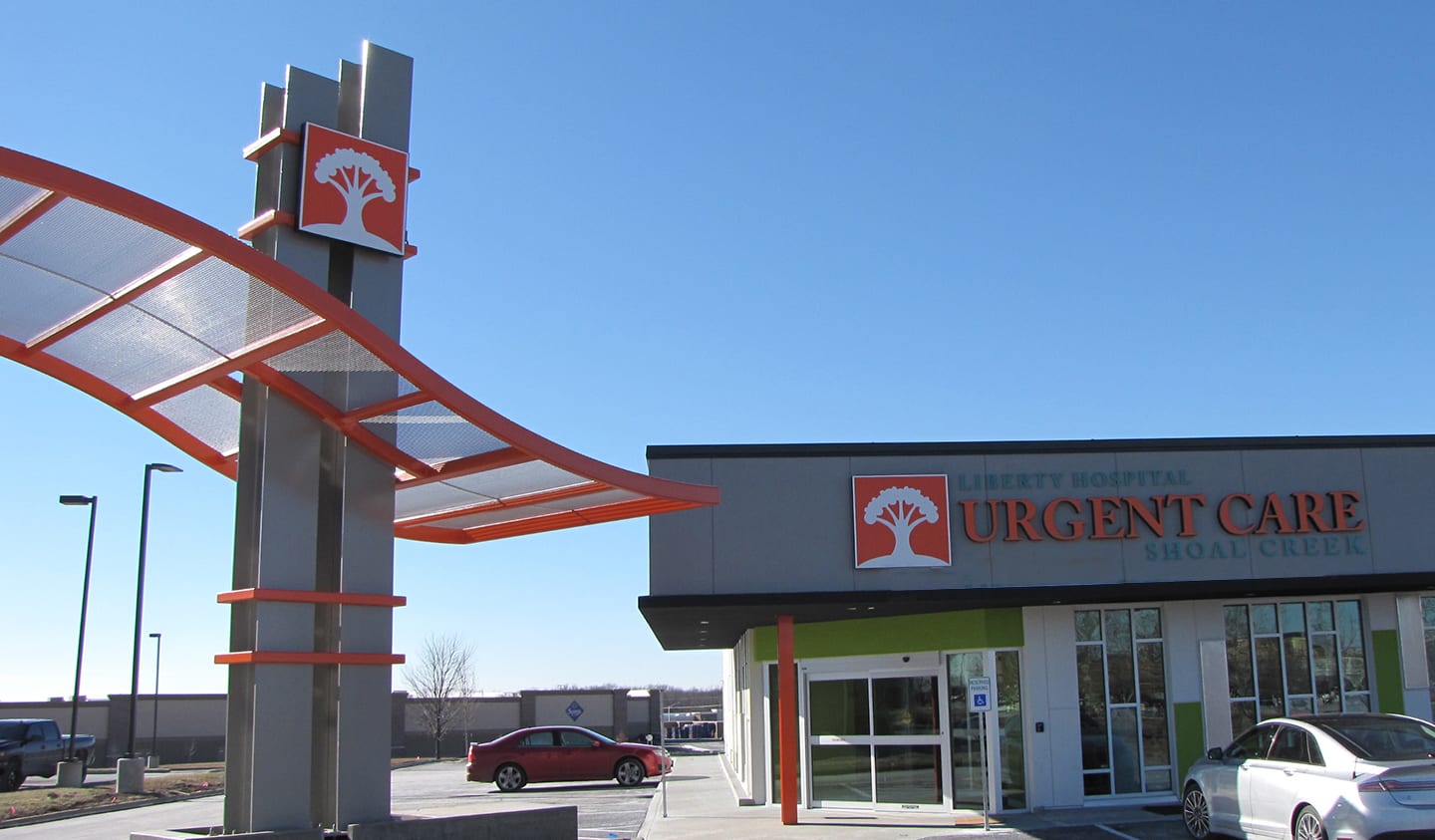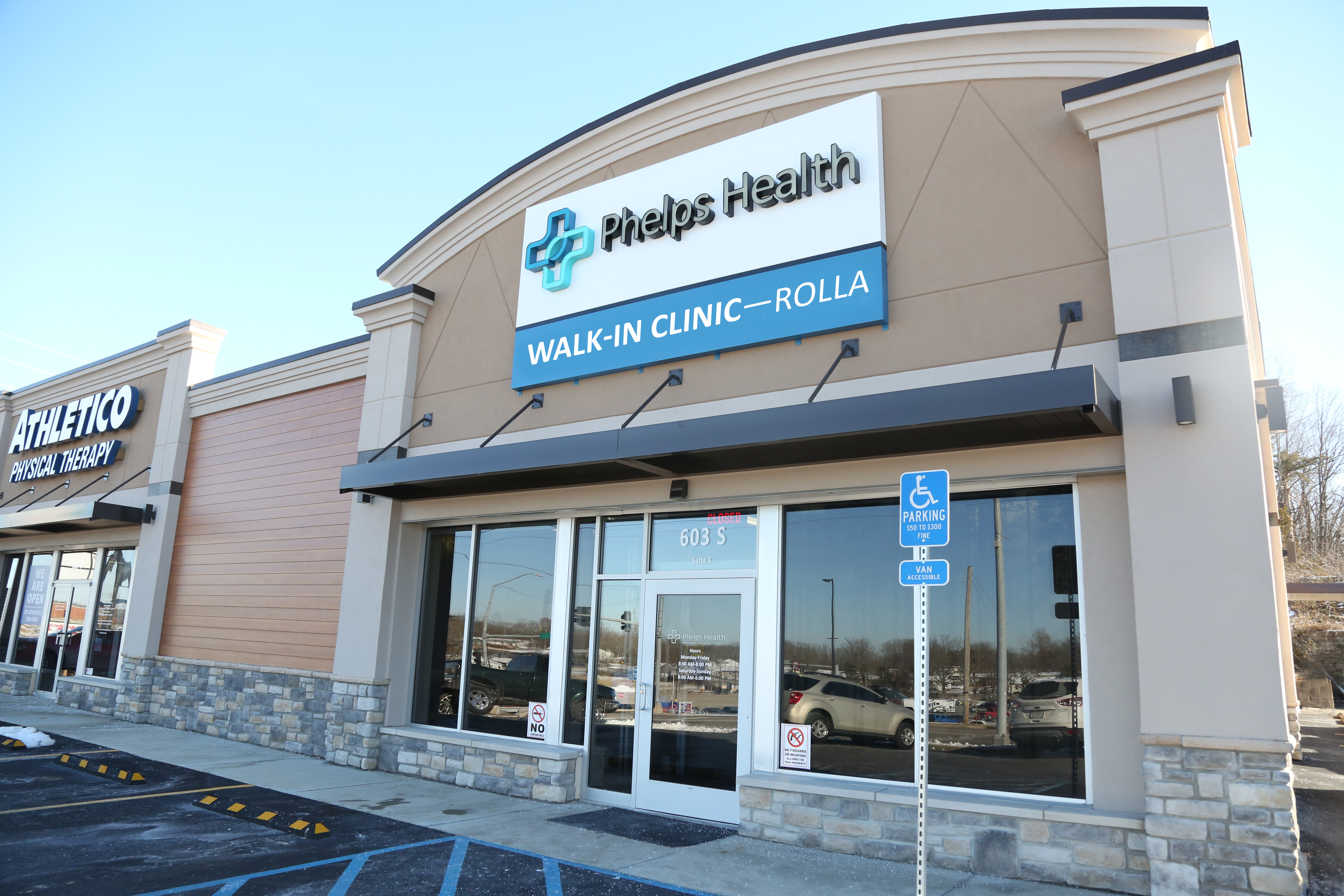How Our Clinic Ensures Top-Notch Urgent Look After Every Client
How Our Clinic Ensures Top-Notch Urgent Look After Every Client
Blog Article
Recognizing the Function of Urgent Care in Providing Timely Therapy for Non-Life-Threatening Problems
Urgent treatment centers have actually emerged as an important element of the healthcare landscape, dealing with the prompt requirements of patients with non-life-threatening problems. By providing timely and accessible clinical solutions, these centers properly link the void in between key care and emergency situation divisions. Nonetheless, the ramifications of their duty prolong beyond simple convenience, prompting a better assessment of when and how these centers are utilized. Recognizing the subtleties of urgent care might substantially impact patient outcomes and the general effectiveness of healthcare delivery. What factors add to their growing relevance in contemporary medicine?
What Is Urgent Treatment?
Immediate care refers to a group of medical services designed to deal with non-life-threatening problems that call for prompt attention. These facilities work as an intermediary in between health care doctors and emergency clinic, using a practical alternative for individuals who need prompt treatment without the extensive waiting times generally connected with emergency situation departments.
Urgent treatment facilities are typically staffed by physician, consisting of doctors, registered nurse professionals, and physician aides, who are trained to detect and treat a vast selection of conditions. Usual services given by these centers consist of therapy for minor injuries, diseases, and infections, as well as diagnostic tests such as X-rays and laboratory work.
Furthermore, immediate treatment facilities often accept walk-in individuals, removing the need for appointments. Generally, immediate treatment plays a vital function in the health care system, making sure people can access vital medical services immediately and effectively.

When to seek treatment at an immediate care center rather of a primary care doctor or an emergency situation room,Several people might find themselves unsure concerning. Urgent treatment is designed to address non-life-threatening conditions that need prompt interest however are not serious enough to call for an emergency room check out.
Usually, one need to take into consideration urgent treatment for issues such as small cracks, sprains, cuts requiring stitches, or infections like urinary system tract infections. Additionally, chilly or flu signs and symptoms, breakouts, and allergic reactions can also be appropriately handled in this setting.
It is essential to keep in mind that immediate care is not ideal for serious emergency situations, such as chest pain, problem breathing, or extreme blood loss, which demand prompt emergency clinic intervention.
Individuals who lack access to a health care medical professional or can not secure a prompt consultation may additionally take advantage of urgent treatment solutions. Ultimately, recognizing when to utilize immediate care can result in more efficient healthcare distribution, permitting people to obtain the suitable level of treatment based on their details health and wellness demands.
Advantages of Urgent Treatment Centers
Selecting urgent treatment centers for non-life-threatening conditions offers a number of benefits that boost individual experience and accessibility. One primary advantage is the minimized wait times contrasted to standard emergency situation spaces. Urgent treatment centers generally run on a first-come, first-served basis, enabling clients to obtain timely medical interest without the long delays often connected with medical facility setups.
Furthermore, urgent care centers provide prolonged hours, consisting of evenings and weekend breaks, suiting individuals with differing routines. This flexibility makes sure that individuals can look for care when it is most convenient for them, even more promoting timely intervention.

Moreover, these centers usually provide a thorough series of solutions, consisting of minor procedures and analysis examinations, all under one roof covering. This top article combination of solutions not only enhances the patient experience yet also promotes an extra natural method to handling non-life-threatening health concerns, eventually profiting total client outcomes.
Typical Problems Dealt With
At immediate treatment centers, a selection of non-life-threatening conditions can be successfully treated, offering patients with obtainable and prompt medical support. These facilities are especially skilled at attending to problems that require timely attention yet do not position a prompt danger to life or arm or leg.
Common conditions treated at urgent care facilities consist of minor injuries such as strains, stress, and cracks. Immediate care facilities are geared up to do needed diagnostic tests, such as X-rays and lab tests, allowing them to give thorough care.
In addition, immediate care carriers can carry out inoculations, helping to prevent the spread of infectious conditions - Urgent Care. They also provide services for small procedures, such as suturing injuries or draining abscesses. By providing these diverse services, urgent care centers play an essential function in bridging the space between medical care and emergency situation services, guaranteeing clients get prompt treatment for a large range of problems without the demand for long wait times commonly related to emergency clinic
Just How Urgent Treatment Supports Medical Care System
Urgent care facilities play an important function in sustaining the total medical care system by minimizing the concern on emergency divisions and giving timely accessibility to healthcare for non-life-threatening problems. By dealing with situations such as minor injuries, infections, and diseases, urgent treatment centers allow emergency divisions to concentrate on even more essential individuals requiring prompt interest.
Furthermore, immediate care facilities improve medical care availability, providing extensive hours and an easier choice to standard medical care settings. This access is particularly beneficial for individuals who may not have a regular medical professional or that call hop over to these guys for prompt treatment beyond normal office hours. Therefore, urgent treatment centers effectively minimize wait times and improve person fulfillment.
Additionally, urgent treatment centers contribute to cost savings for both people and the healthcare system by offering lower-cost services contrasted to emergency situation divisions. This economic efficiency is essential in a period of increasing medical care prices, permitting clients to receive essential care without incurring outrageous expenditures.
Final Thought
In verdict, immediate care facilities play an important duty in the medical care system by providing timely treatment for non-life-threatening conditions. By linking the space between medical care and emergency spaces, these facilities guarantee Visit This Link that people obtain timely clinical focus without the lengthy delay times generally associated with emergency departments. The accessibility and performance of urgent treatment centers contribute dramatically to reducing the total problem on healthcare resources, enhancing patient outcomes, and advertising a much more efficient healthcare shipment system.
Immediate treatment centers have actually arised as an important component of the medical care landscape, attending to the instant requirements of clients with non-life-threatening conditions. Urgent treatment check outs usually sustain reduced out-of-pocket expenses compared to emergency division gos to, making treatment more inexpensive for patients without endangering top quality. Immediate care centers are furnished to carry out needed diagnostic tests, such as X-rays and lab tests, enabling them to provide thorough treatment.
By supplying these varied solutions, immediate care facilities play an essential role in connecting the void between key treatment and emergency situation services, making certain people get prompt therapy for a broad variety of conditions without the demand for long wait times generally associated with emergency rooms.
Moreover, urgent care centers enhance health care ease of access, providing extensive hours and a more convenient choice to typical main treatment setups.
Report this page